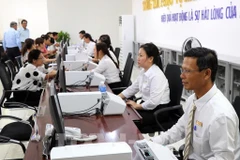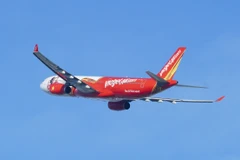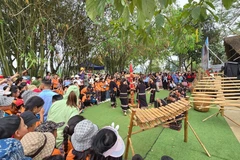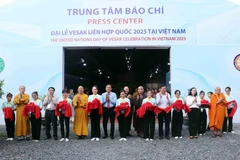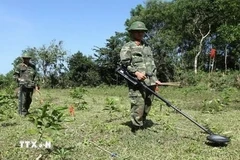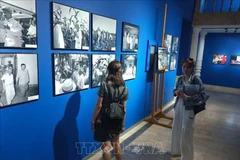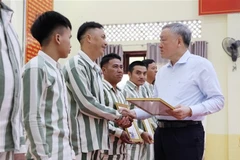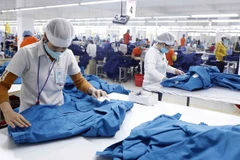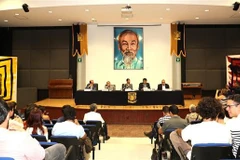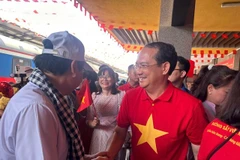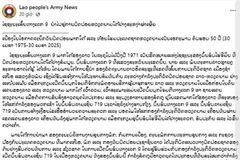The training, part of a project funded by the Japan-ASEAN IntegrationFund and Japan's Ministry of the Environment, was provided by Vietnamesetrainers who attended a training course for members of the ten ASEANnations last month in Malaysia.
At the three-dayworkshop this week, dozens of police and customs officers were taughtabout the wildlife trade in Southeast Asia, international regulationsgoverning the trade, such as CITES (the Convention on InternationalTrade in Endangered Species of Wild Fauna and Flora), and relevantnational laws.
They were also trained to identify threatenedreptile species that are commonly traded in the region during aninteractive session at the Sai Gon Zoo.
The projectseeks to involve and enhance the capabilities of ASEAN and neighbouringcountries in the understanding and application of taxonomic knowledgeand wildlife trade regulations.
Vietnam is the first country in the region to be selected to organise its own courses on species identification and CITES.
Illegal wildlife trade has been identified as one of the greatest threats to the region's biodiversity.
"This training will help equip law enforcers who are working tocontrol the international wildlife trade with skills to more effectivelyprotect and sustainably use our precious natural resources," said Dr HaCong Tuan, deputy director of Vietnam's Directorate of Forestry.
According to Manop Lauprasert, senior officer of the ASEAN-WildlifeEnforcement Network (ASEAN-WEN) Programme Co-ordination Unit, which issupporting the training, criminal networks are taking advantage oflimited enforcement capacity at land, sea and airports across theregion.
"Training initiatives such as this will helpto close these gaps, and prevent wildlife from being smuggled acrossinternational borders," said Lauprasert.
There isincreasing recognition that wildlife trade, both legal and illegal, isbecoming more common at international ports, therefore capacity buildingfor airport and land port staff plays an important role in stoppingwildlife trafficking.
The training course, whichended on Feb. 23, was jointly conducted by the Vietnam CITES ManagementAuthority, the Biodiversity Conservation Agency and the Natural Museumwith support from TRAFFIC Southeast Asia, Ministry of the Environment ofJapan and ASEAN-WEN./.


